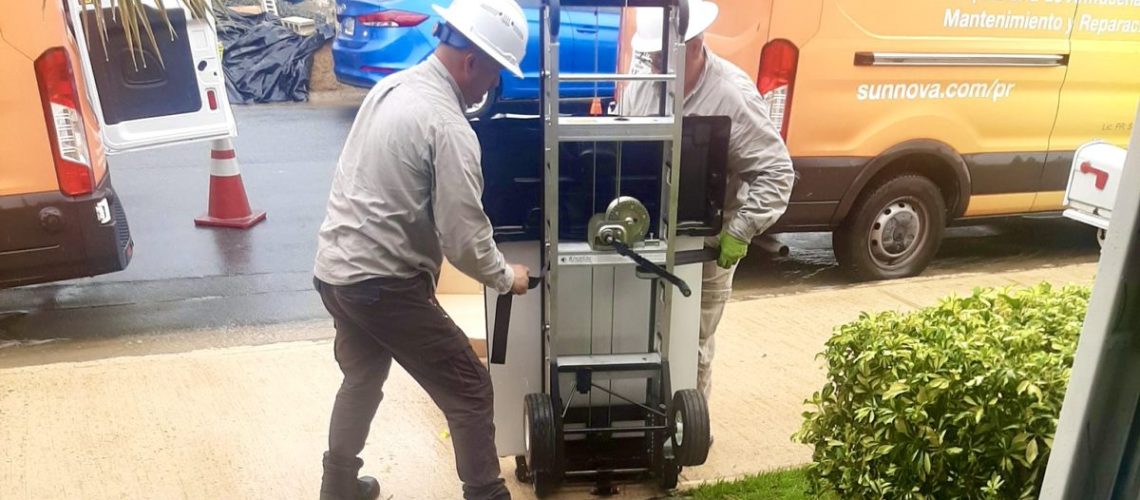Sunnova SunSafe solar + storage systems generated a total of nearly 2 GWh of energy total with 3.4 million hours of aggregate back-up power, or an average of 128 hours of power generated per household.
Sunnova Energy International reports that its solar and battery storage systems powered the homes of over 30,000 customers in Puerto Rico during the aftermath of Hurricane Fiona, from September 18 to October 1, 2022, while the centralized power system was down.
During those two weeks most residents in Puerto Rico were without power, Sunnova reports that its SunSafe solar-plus-storage systems generated a total of nearly 2 GWh of energy total with 3.4 million hours of aggregate back-up power, or an average of 128 hours of power generated per household. These customers averaged 5.3 days of solar-plus-storage battery backup with many residents remaining dependent on their Sunnova system for more than 10 days.
“We’re proud of our long history and commitment to Puerto Rico that includes an investment of more than $1 billion in building residential solar and storage systems on the island. That investment meant 30,000 customers were able to keep the lights on and their families safe,” said John Berger, CEO of Sunnova. “We believe this demonstrates that in times of an emergency, a solar + storage system provides homeowners the peace of mind that comes with producing and storing their own power. As the largest provider of distributed residential solar power on the island, Sunnova is committed to providing Puerto Ricans with clean, resilient and affordable energy services backed by the best service in the industry.”
“Out of our more than 30,000 Sunnova SunSafe systems in Puerto Rico, only 59 required repair in the two weeks following the Hurricane, and Sunnova dispatched crews immediately to repair or replace non-performing systems, whether they were leased or owned,” said Michael Grasso, chief marketing and growth officer of Sunnova. “Looking ahead, we see an opportunity for distributed power to play a larger role in Puerto Rico by networking our solar + storage systems into powerful virtual power plants that would complement the centralized electric system and drive increased grid resiliency.”
Fiona was not the only hurricane to wreak havoc on Puerto Rico in recent years. In 2017 Hurricane Maria struck, wiping out power to some villages for months, giving rise to localized microgrids such as one set up in the village of Castañer, developed by the community in collaboration with The Solar Foundation and the Microgrid Laboratory at the University of Puerto Rico in Mayaguez. Since that time, Puerto Rico’s utility, PREPA, has been developing its integrated resource plan, which will include microgrids going forward.
In April 2019, Governor Rosselló signed legislation to move the island to 100% renewable energy. And understanding the need for backup power, last year the Puerto Rico Electric Power Authority issued a request for proposals for a total of 3.75 GW or renewables and 1.5 GW of energy storage, which resulted in project bids for 800 MW of utility-scale solar and 220 MW of storage that were forwarded the Puerto Rico Energy Board for approval. Just this month a second round of a tender scheme was issued, designed to allocate 3.75 GW of renewables capacity and 1.5 GW of storage.



